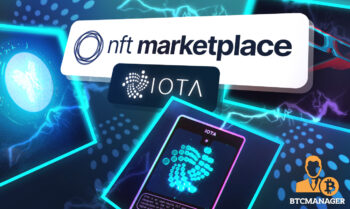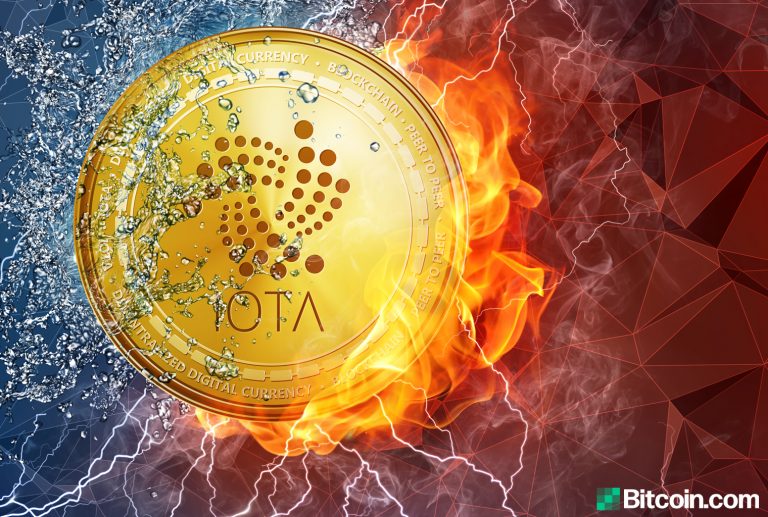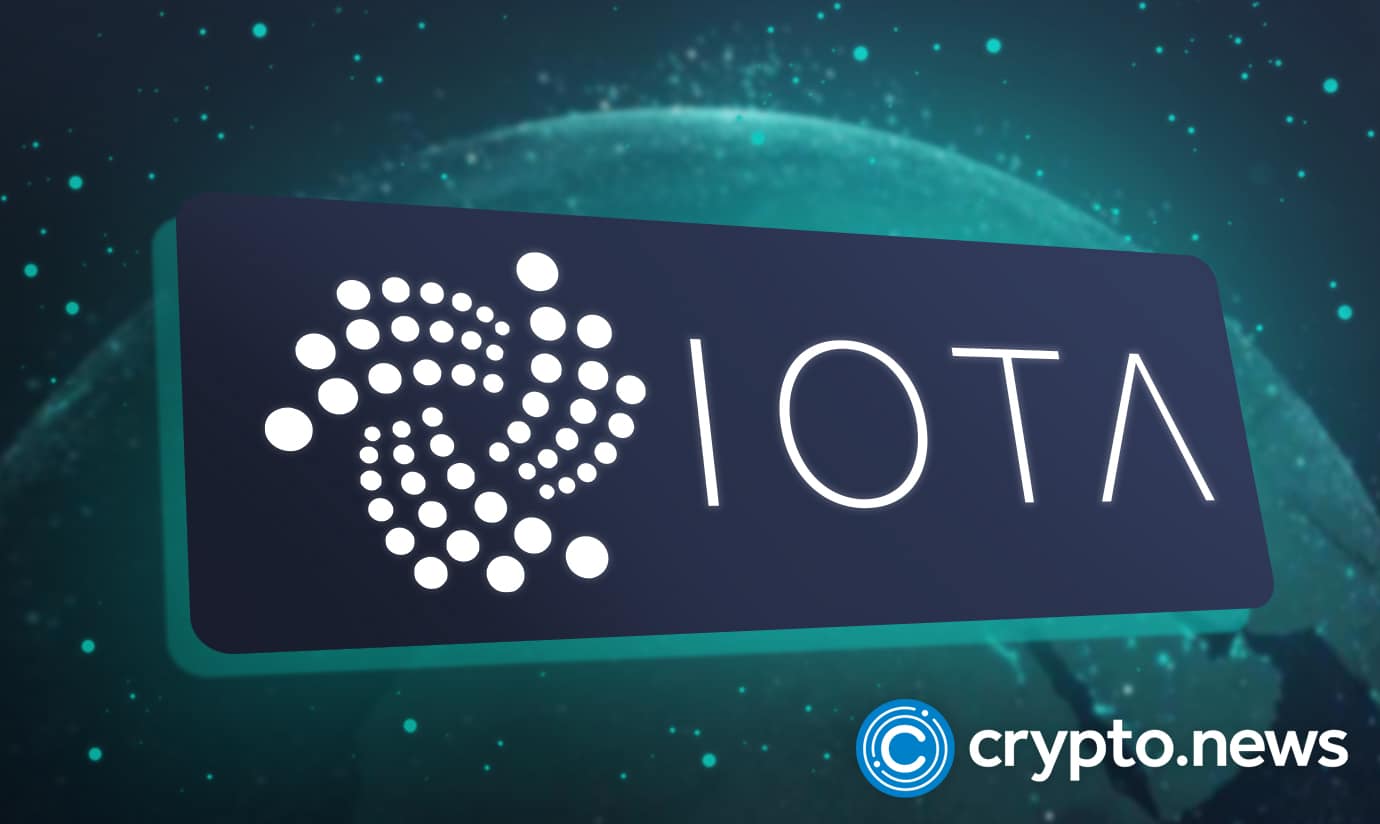
2021-10-7 17:31 |
The IOTA Foundation, a non-profit organization focused on DLTs, has shared information on its role in helping further the development of the European Blockchain Services Infrastructure (EBSI).
IOTA shared this information through a two-page document on October 4. This update comes a month after the European Commission chose IOTA to help further the development of EBSI.
In the document, the foundation detailed that IOTA Tangle solves three fundamental pain points of the blockchain. These are high fees, low throughput, and centralization.
The organization further noted that IOTA Tangle works as an open-source protocol that connects the human economy with the machine economy by enabling novel interactions, such as secure data transfer and feeless micropayments.
Under the EBSI Pre-Commercial Procurement (PCP) contract, the non-profit will introduce specific traits of the IOTA Tangle into the EBSI platform. These characteristics include scalability, decentralization, and open-source software.
Per IOTA, these features will let organizations develop services and run applications on a public network without miners and stakers.
Explaining how such a model works, the foundation said all nodes validate messages, and the placement of new messages confirms old ones, thus helping the platform reach a consensus. IOTA added that the feeless design of its protocol is ideal for high volume and use cases, a trait that helps open up the network to a wider audience.
A flexible, green blockchain protocolIOTA went on to tout its blockchain, saying,
IOTA’s green credentials – no miners working on Proof of Work means much less energy spent in comparison to other blockchains – is another driver of scalability and complements the European Green Deal, the EU’s overarching aim of making Europe climate-neutral by 2050.
The foundation further noted that the IOTA Tangle meets EBSI requirements because it is flexible. While the blockchain is permissionless, it can support permissioned environments by tapping into the IOTA smart contracts program.
This versatility can grant permission to resources and control data distribution to comply with EU regulations for data sharing, according to the organization.
By offering EBSI its technology, IOTA is helping the European Commission inch closer to supporting a range of cross-border applications. To achieve this, the organization seeks to combine new and existing features in IOTA Tangle to run frameworks like IOTA Identity and IOTA Stream.
This approach exposes institutions and actors across Europe to various functionalities that enable them to develop novel use cases. While IOTA believes its protocol can support all potential use cases that the European Commission can think of.
However, the PCP contract will only see it test the platform’s ability to underpin two use cases. These are generating digital product passports for the circular economy, supporting intellectual property rights management in the creative industry.
The post IOTA shares details of how it is helping further the development of EBSI appeared first on Invezz.
origin »IOTA (IOTA) на Currencies.ru
|
|
















